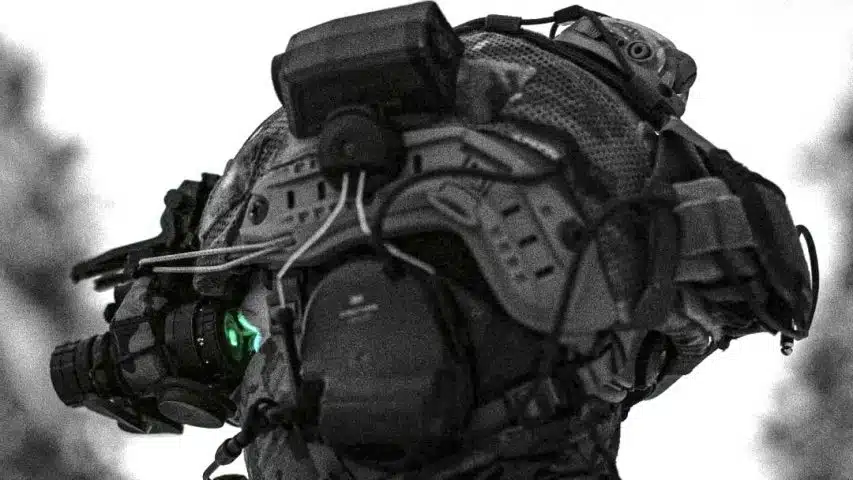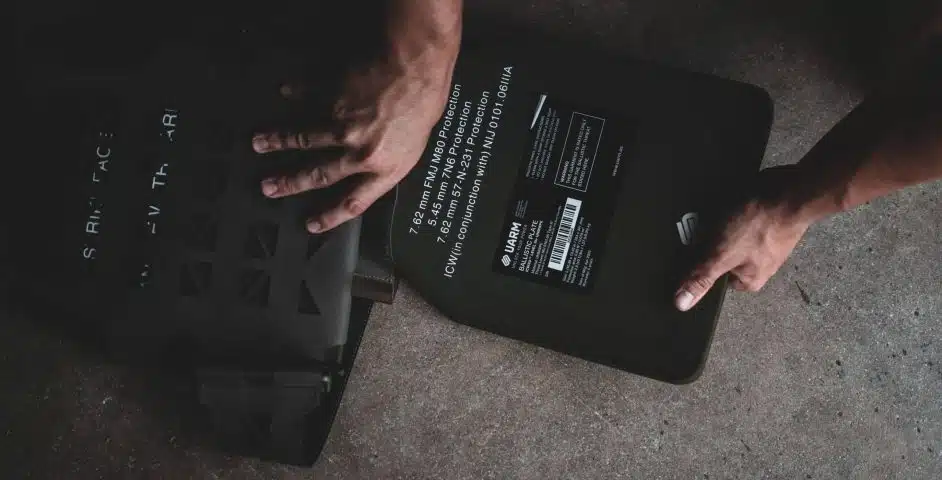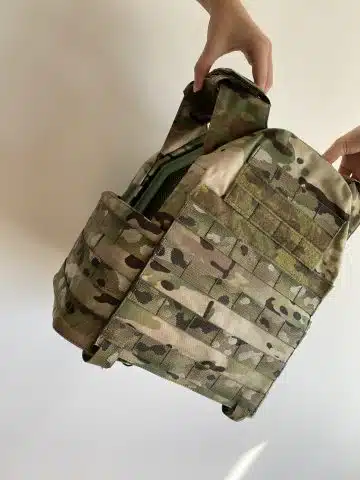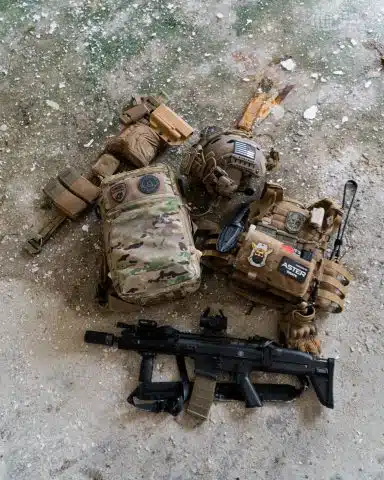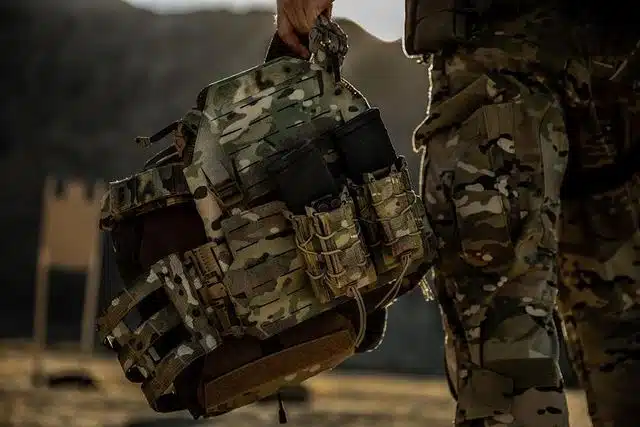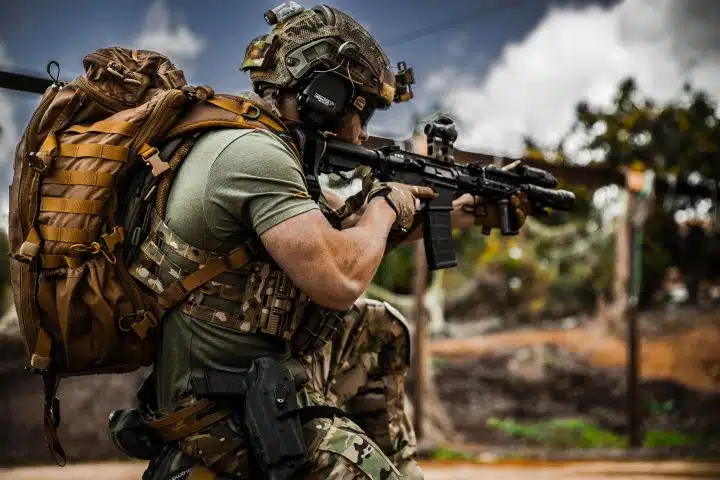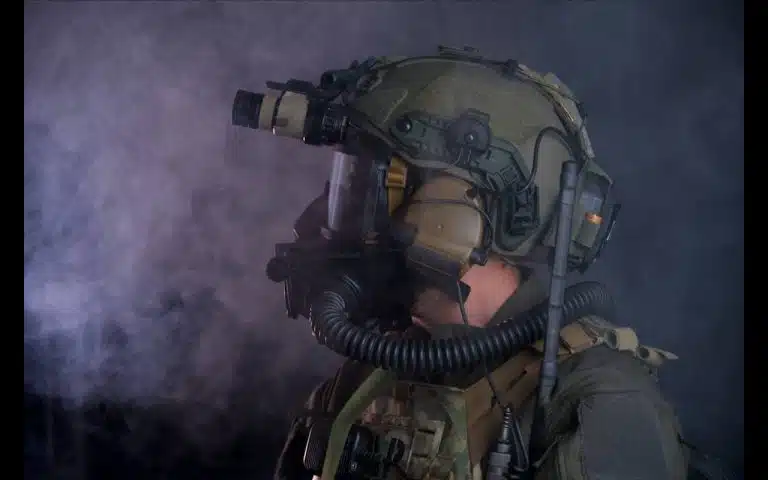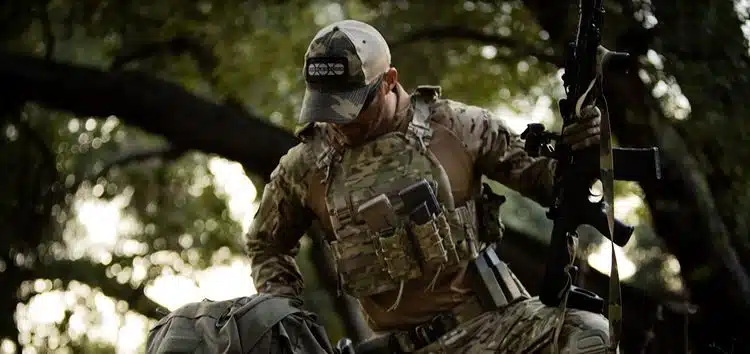Modern body armor is quite grateful when it comes to installations, even if you are a beginner. If you are planning to use a plate carrier for the first time there are only a few common sense steps and a few tricks that you should know, everything else will be optional.
The common sense parts of the plate setup are similar to what you need to do with all gear; measure your size and make sure you need the gear for your mission. This means that the materials and attachment standards need to be applicable to your situation.
There are five aspects to consider when picking out the plate carrier to install:
- Type
- Size
- Weight
- Color
- Comfort

